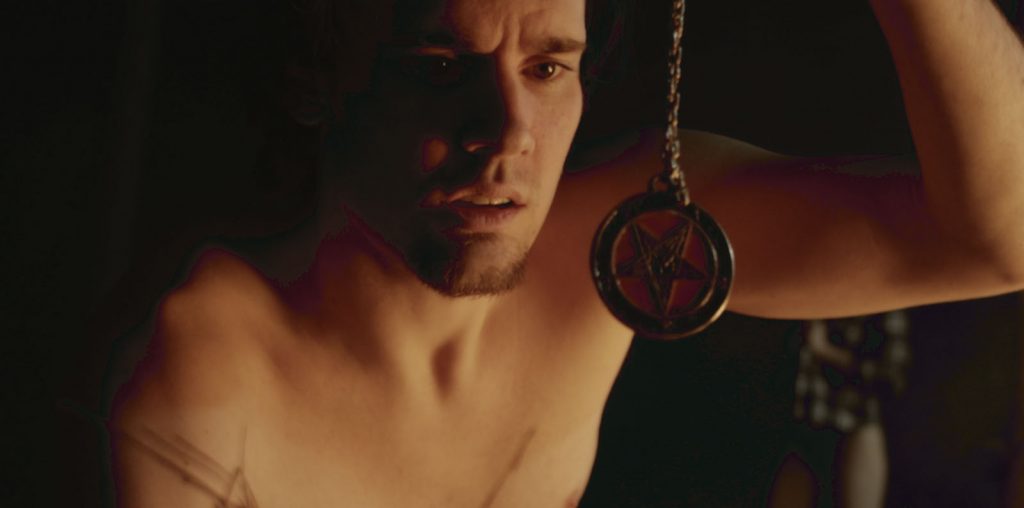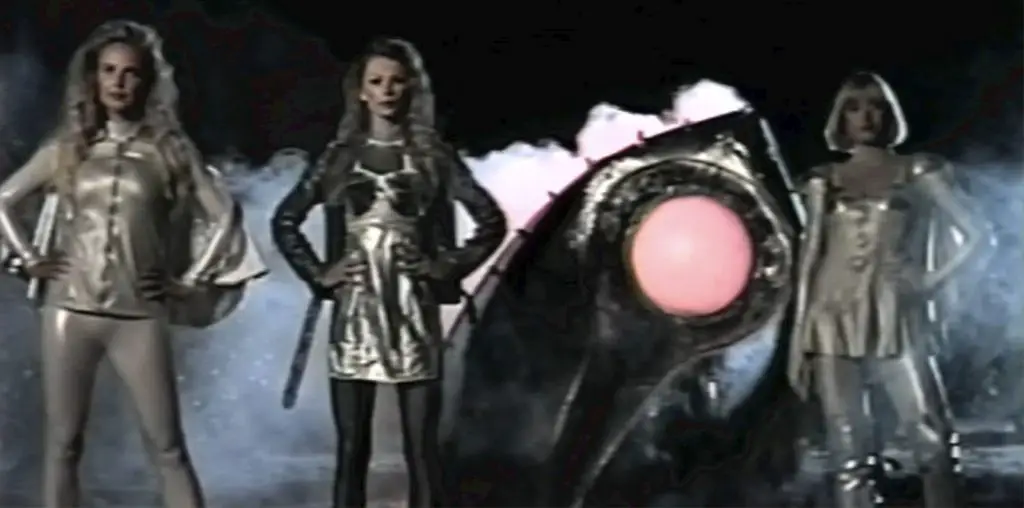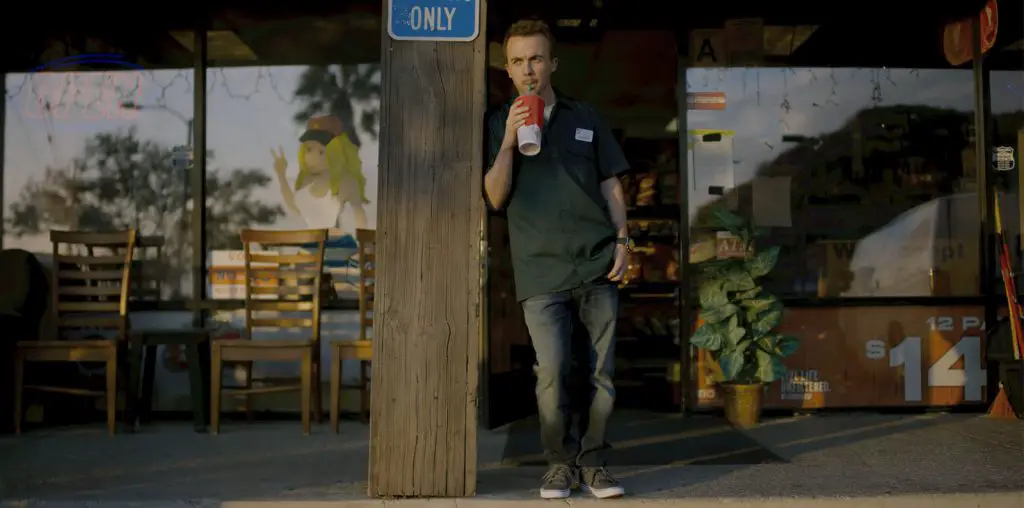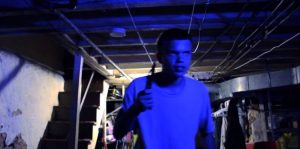
With so much going on, it’s no wonder that Urban Fears makes not even one lick of sense. However, that doesn’t excuse the movie for the uncertainty in its direction. There are so many instances where Jacobs doesn’t know how to further the narrative in an exciting way. Countless, lengthy shots of characters sitting down and talking on their phones, while perhaps necessary for expository purposes aren’t very cinematic.
My advice: if phone calls are unavoidable, make them quick or see that the actor is mobile while speaking, so the audience has a visual stimulus to maintain engagement. Also, if one of the characters is a burglar and rummaging through bedroom drawers is part of his line of work, one or two quick shots will suffice for an audience to get the idea. It is unnecessary to carry on for several minutes in a first-person shot as the character tosses aside underwear and clothing searching for loot.
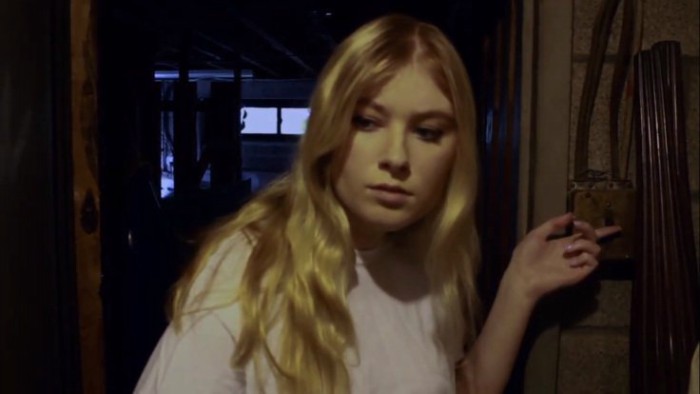
“…the affection Jacobs and his collaborators have for their more polished and influential horror film maestros is crystal clear.”
Yet, amateur directing technique aside, the affection Jacobs and his collaborators have for their more polished and influential horror film maestros is crystal clear. This reverence endears the viewer to their efforts, even though they are not entirely successful. But there are a few decent jump scares and the sparse locations add a certain amount of grindhouse-chic to the proceedings.
Jacobs knows his stuff when it comes to the annals of contemporary horror, and he retains a thrifty sense in employing available resources in order to bring a vision for Urban Fears to life. For his next effort, he might think it wise, however, to focus on one antagonistic presence and one horrific backstory, rather than three. He’s already got his concept: “Retweet or Die!”
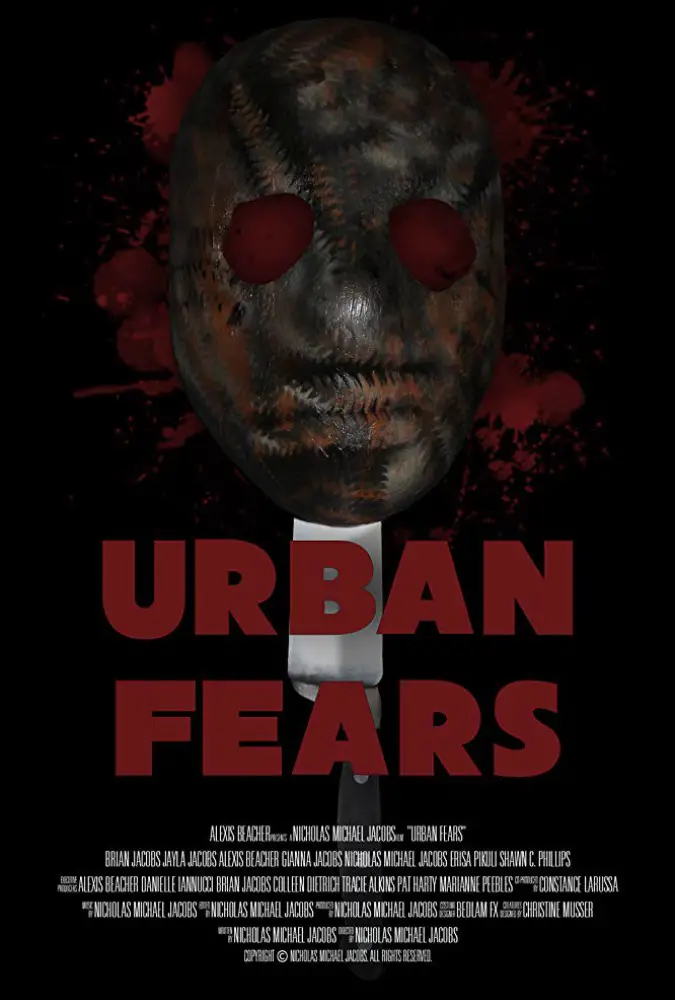
"…a milder version of the kind of grindhouse flick obvious hero Wes Craven might have made back in the day."
